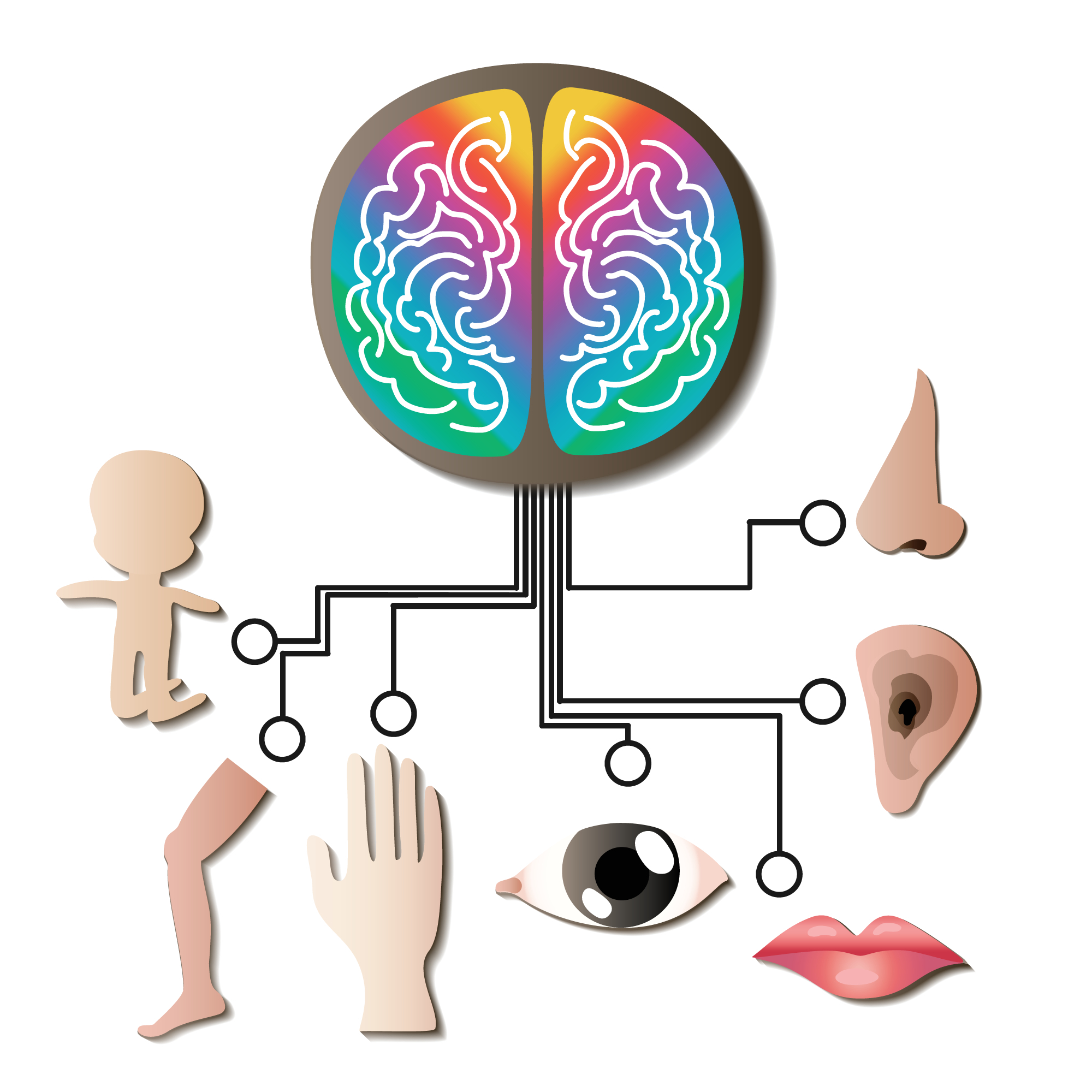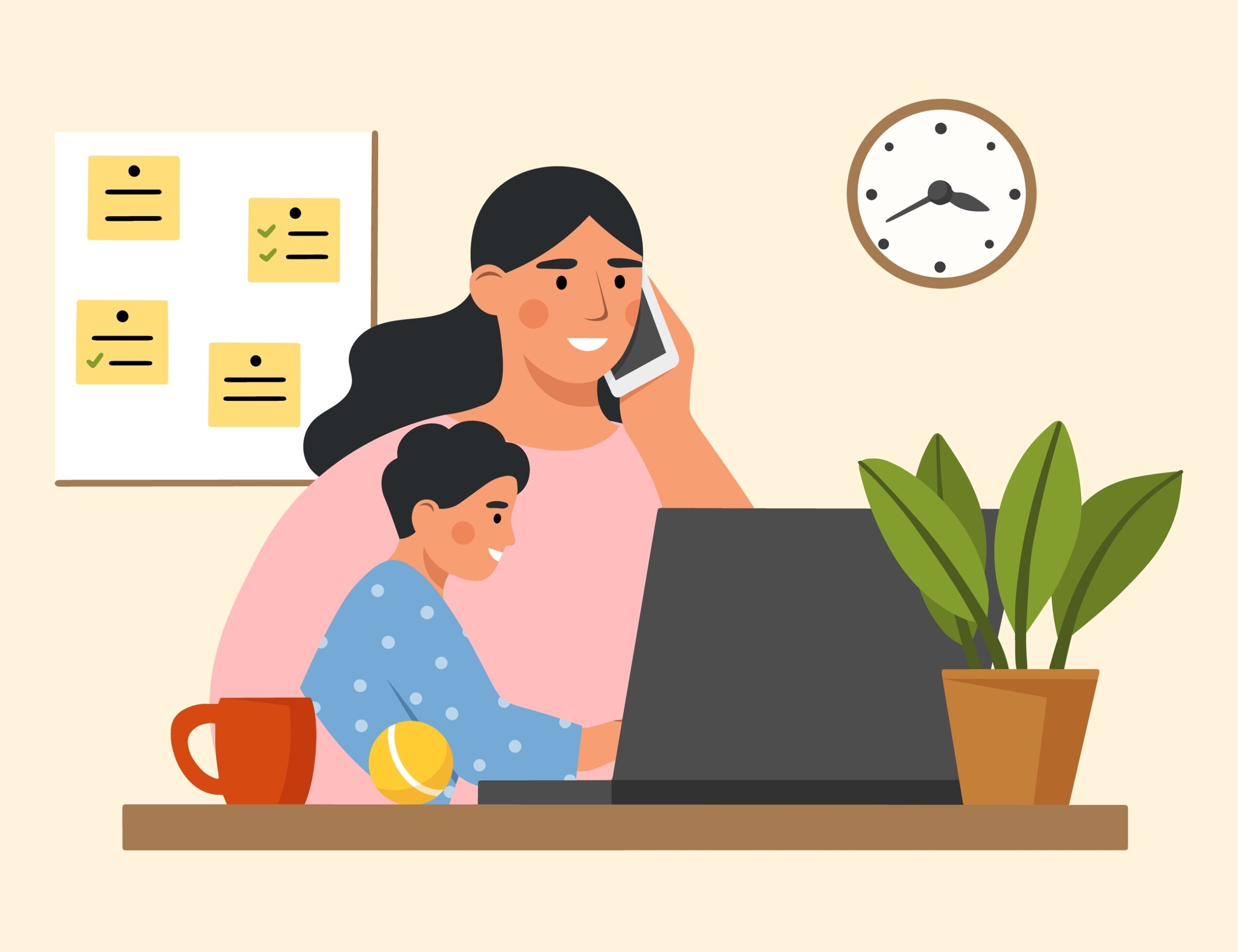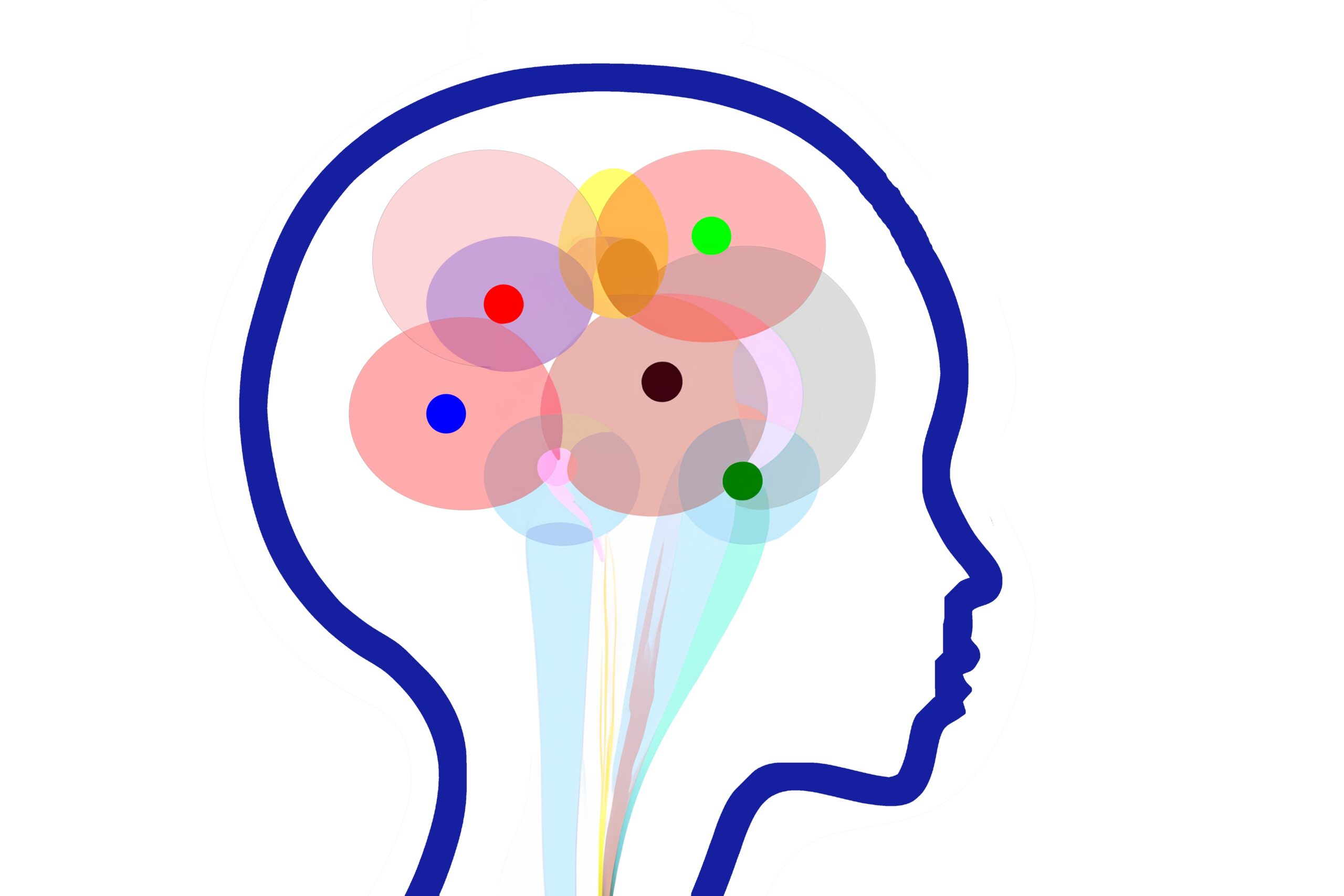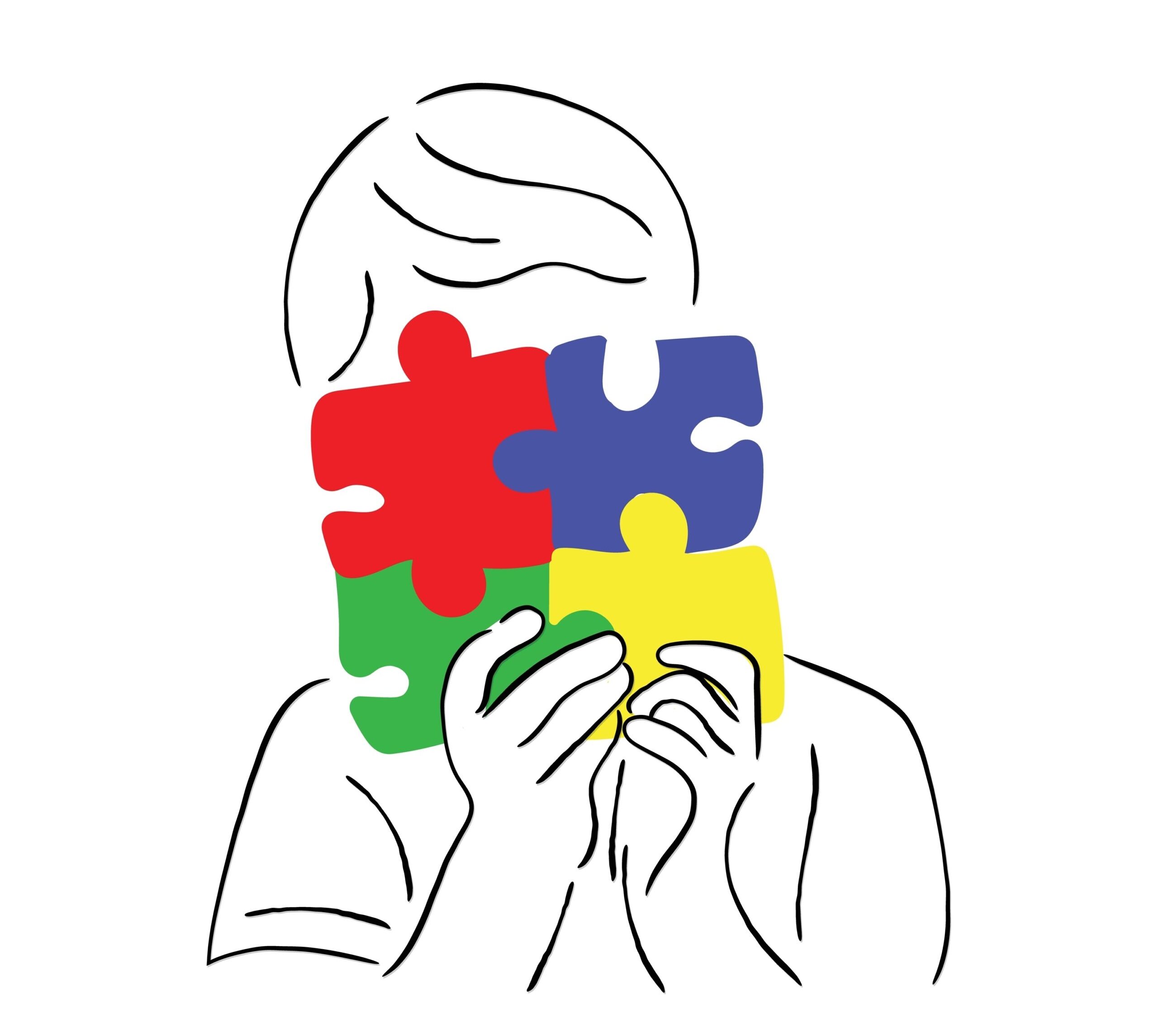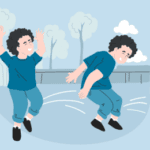
Sensory Processing Disorder
- Signs and Symptoms of Sensory Processing Disorder in Children
- Sensory Processing Disorder in Teens: Signs, Symptoms, Diagnosis & Treatment
- Sensory Processing Disorder (SPD) in Adults: Signs, Diagnosis, Treatment & Coping Strategies
- Types of Sensory Processing Disorder (SPD): Symptoms, Characteristics & Treatment
- Sensory Processing Disorder Treatment Options & Best Therapies for SPD in Children and Adults
- Living with Sensory Processing Disorder: Daily Tips, Support Strategies, and Family Guidance
- Vestibular and Proprioceptive Processing in Sensory Processing Disorder (SPD)
- Causes and Risk Factors of Sensory Processing Disorder (SPD): What Science Knows
- How Is Sensory Processing Disorder Diagnosed? Tests, Signs, and Evaluation Tools
- Stimming Behaviors in Sensory Processing Disorder: What They Are and Why They Matter
- Sensory Processing Disorder and Learning: How Sensory Challenges Affect Education
- Sensory Diet Strategies for Kids: Effective Tools for Sensory Regulation
- Sensory Integration Disorder and Sensory Integration Therapy
- Sensory Discrimination Disorder
- Sensory Modulation Disorder: Symptoms, Subtypes, and Treatment Strategies
- Sensory Over-Responsivity (SOR): Signs, Causes, and How to Help Kids and Adults Cope
- Sensory Under-Responsivity: Signs, Causes, and Support for Children and Adults
- Sensory-Based Motor Disorder: Signs, Symptoms, and Effective Treatments for Children and Adults
- Visual Processing Disorder: Signs, Symptoms & How to Support Visual Learning Challenges
- Auditory Processing Disorder (APD): Symptoms, Diagnosis & Treatment for Children and Adults
- Sensory Seeking/Craving: Understanding, Identifying, and Supporting Sensory Seekers
- Dyspraxia (Developmental Coordination Disorder): Understanding SBMD and Its Impact
- Postural Disorder: Causes, Symptoms & Treatment | Sensory-Based Motor Disorder Guide
Sensory Integration Disorder and Sensory Integration Therapy: A Parent’s Guide to Symptoms, Causes, and Treatment

Authored by: The DrSensory Editorial Team
Reviewed by: 🛡️ DrSensory Clinical Review Board
Last updated: June 2025
- What Causes Sensory Integration Disorder?
- How Sensory Integration Disorder Affects Learning and Behavior
- Who Provides Sensory Integration Therapy?
- Does Sensory Integration Therapy Really Work?
- Home Strategies to Support Sensory Integration
- When to Seek Help for Sensory Issues
- Is Sensory Integration Disorder the same as Sensory Processing Disorder (SPD)?
- Is Sensory Integration Therapy only for kids with autism?
- How long does Sensory Integration Therapy take?
- Can adults have Sensory Integration Disorder or SPD?
- Is Sensory Integration Therapy covered by insurance?
What Is Sensory Integration Disorder?
Sensory Integration Disorder (SID), more commonly referred to today as Sensory Processing Disorder (SPD), is a condition in which the brain has difficulty processing and responding to information from the senses. This can affect how a person reacts to touch, sound, light, movement, and even taste.
Children with SID may be overly sensitive (hypersensitive), under-responsive (hyposensitive), or seek out intense sensory experiences. The condition can interfere with daily activities like getting dressed, eating, going to school, or interacting socially.
What Is Sensory Integration Therapy?
Sensory Integration Therapy is a specialized form of occupational therapy designed to help individuals with sensory challenges better process and respond to sensory input. It is often used for children with SPD, autism, ADHD, and developmental delays.
A trained occupational therapist uses play-based activities to gradually expose the child to various sensory stimuli in a structured, safe environment. Over time, the brain learns to process sensory information more effectively, improving daily function and emotional regulation.
Signs and Symptoms of Sensory Integration Disorder
Common signs of Sensory Integration Disorder include:
- Extreme sensitivity to sound, light, or touch
- Avoidance of textures (clothing, food, grooming)
- Excessive movement, fidgeting, or crashing into things
- Trouble with coordination and motor skills
- Emotional outbursts or meltdowns in noisy or chaotic environments
- Withdrawal from sensory-rich activities or social situations
Recognizing these symptoms early allows for timely intervention and support.
What Causes Sensory Integration Disorder?
The exact cause of Sensory Integration Disorder is unknown, but research points to a combination of factors:
- Genetic predisposition (family history of sensory issues or neurodivergent conditions)
- Premature birth or birth complications
- Neurological differences in sensory pathways of the brain
- Environmental stressors during early development
Understanding potential causes can guide parents in seeking appropriate evaluation and care.
How Sensory Integration Disorder Affects Learning and Behavior
SID can have a major impact on a child’s educational experience. Sensory overload can cause difficulty focusing, following instructions, or sitting still. Fine motor delays may affect handwriting, and sensory avoidance can lead to school refusal or social isolation.
When misunderstood, children with SID may be labeled as inattentive, disruptive, or oppositional. Proper diagnosis and classroom accommodations are key to academic success and emotional well-being.
Who Provides Sensory Integration Therapy?
Licensed Occupational Therapists (OTs) with training in Sensory Integration Therapy (SI) are the primary providers. Some use a specific approach called Ayres Sensory Integration®, which is evidence-based and widely respected.
Therapy sessions usually occur in sensory gyms or clinics and are customized to each child’s sensory profile. Parents are often encouraged to reinforce techniques at home.
Does Sensory Integration Therapy Really Work?
Numerous studies show that sensory integration therapy can improve sensory processing, attention, behavior, and daily functioning, especially in children.
According to research published in the American Journal of Occupational Therapy, children with autism who received SI therapy demonstrated improved goal achievement compared to those who did not.
While more large-scale studies are needed, anecdotal and clinical evidence strongly supports its benefits when delivered by trained professionals.
Home Strategies to Support Sensory Integration
In addition to professional therapy, parents can use at-home strategies to support sensory development:
- Sensory bins and tactile play
- Movement breaks (trampoline, swings, yoga)
- Weighted blankets or compression clothing
- Calming routines like deep pressure massage or music
- Visual schedules to ease transitions and reduce anxiety
Consistency and understanding at home enhance the impact of clinical therapy.
When to Seek Help for Sensory Issues
If your child consistently struggles with sensory input—beyond typical sensitivities—it may be time for an evaluation. Start by consulting a pediatrician or occupational therapist specializing in sensory integration. The earlier the intervention, the better the long-term outcomes.
Is Sensory Integration Disorder the same as Sensory Processing Disorder (SPD)?
Yes, Sensory Integration Disorder and Sensory Processing Disorder (SPD) refer to the same underlying condition, but the terminology has evolved over time. “Sensory Integration Disorder” was commonly used in earlier literature and therapy practices to describe difficulties the brain has in organizing sensory information.
Today, Sensory Processing Disorder (SPD) is the more widely accepted term, particularly in research, clinical settings, and among occupational therapists. SPD describes a neurological condition in which the brain misinterprets sensory input—leading to over-responsiveness, under-responsiveness, or sensory seeking behaviors.
While SPD is not yet officially recognized in the Diagnostic and Statistical Manual of Mental Disorders (DSM-5), it is widely acknowledged by therapists and parents as a legitimate condition affecting daily functioning, behavior, and emotional regulation.
Is Sensory Integration Therapy only for kids with autism?
No, Sensory Integration Therapy (SI Therapy) is not limited to children with autism. Although sensory processing challenges are a core component of autism spectrum disorder (ASD), many children without autism benefit from sensory integration therapy.
SI therapy is commonly used to help children with:
- ADHD (attention-deficit/hyperactivity disorder)
- Developmental coordination disorder (DCD)
- Anxiety disorders
- Learning disabilities
- Premature birth or sensory delays without a formal diagnosis
Children with Sensory Processing Disorder (SPD)—whether diagnosed formally or recognized through clinical evaluations—often struggle with daily routines, emotional regulation, and school participation. Sensory integration therapy helps these children by retraining the brain’s response to sensory input through guided, play-based activities designed to improve tolerance, focus, and motor planning.
How long does Sensory Integration Therapy take?
The length of Sensory Integration Therapy varies based on the individual’s specific needs, the severity of sensory challenges, and the goals of the treatment plan. Most children attend 1 to 3 sessions per week, with each session lasting 45 to 60 minutes.
- Mild to moderate cases may show significant improvement within 3 to 6 months.
- More complex cases, especially those involving co-occurring conditions like autism or ADHD, may benefit from longer-term therapy, sometimes lasting 12 months or more.
Progress is measured using individualized goals established during the initial evaluation. Occupational therapists will periodically assess progress and adjust interventions accordingly. Parental involvement and home-based sensory activities can also accelerate progress and reinforce what’s learned in therapy.
Can adults have Sensory Integration Disorder or SPD?
Yes. Sensory Integration Disorder, now referred to as Sensory Processing Disorder (SPD), can absolutely affect adults—though it is most often identified in childhood. Many adults with SPD were never formally diagnosed and have spent years coping with sensory sensitivities without understanding the root cause.
Adults with SPD may experience:
- Discomfort with specific textures or fabrics
- Sensitivity to noise, lights, or crowds
- Difficulty concentrating in busy environments
- Emotional exhaustion from sensory overload
- Heightened startle response or need for sensory routines
Therapies for adults often include occupational therapy, mindfulness-based stress reduction, and sensory regulation strategies tailored for daily life. With awareness and targeted support, many adults find effective ways to manage their sensory challenges and improve quality of life.
Is Sensory Integration Therapy covered by insurance?
In many cases, Sensory Integration Therapy is covered by insurance, but it depends on several factors:
- Whether the therapy is provided by a licensed occupational therapist (OT)
- The diagnosis linked to the therapy (e.g., autism, ADHD, developmental delay)
- Whether the therapy is deemed “medically necessary” by a physician
- The specifics of the individual’s health insurance plan
Parents or caregivers should contact their insurance provider and ask about coverage for occupational therapy with a sensory integration component. It can be helpful to obtain a prescription or referral from a pediatrician to support insurance reimbursement. Some families may also qualify for funding through early intervention programs, Medicaid, or special education services.
This page provides general educational content and is not a substitute for professional medical advice. Always consult a licensed provider for diagnosis and treatment.
View privacy policy, copyright and trust info
More on SPD

- Signs and Symptoms of Sensory Processing Disorder in Children
- Sensory Processing Disorder in Teens: Signs, Symptoms, Diagnosis & Treatment
- Sensory Processing Disorder (SPD) in Adults: Signs, Diagnosis, Treatment & Coping Strategies
- Types of Sensory Processing Disorder (SPD): Symptoms, Characteristics & Treatment
- Sensory Processing Disorder Treatment Options & Best Therapies for SPD in Children and Adults
- Living with Sensory Processing Disorder: Daily Tips, Support Strategies, and Family Guidance
- Vestibular and Proprioceptive Processing in Sensory Processing Disorder (SPD)
- Causes and Risk Factors of Sensory Processing Disorder (SPD): What Science Knows
- How Is Sensory Processing Disorder Diagnosed? Tests, Signs, and Evaluation Tools
- Stimming Behaviors in Sensory Processing Disorder: What They Are and Why They Matter
- Sensory Processing Disorder and Learning: How Sensory Challenges Affect Education
- Sensory Diet Strategies for Kids: Effective Tools for Sensory Regulation
- Sensory Integration Disorder and Sensory Integration Therapy
- Sensory Discrimination Disorder
- Sensory Modulation Disorder: Symptoms, Subtypes, and Treatment Strategies
- Sensory Over-Responsivity (SOR): Signs, Causes, and How to Help Kids and Adults Cope
- Sensory Under-Responsivity: Signs, Causes, and Support for Children and Adults
- Sensory-Based Motor Disorder: Signs, Symptoms, and Effective Treatments for Children and Adults
- Visual Processing Disorder: Signs, Symptoms & How to Support Visual Learning Challenges
- Auditory Processing Disorder (APD): Symptoms, Diagnosis & Treatment for Children and Adults
- Sensory Seeking/Craving: Understanding, Identifying, and Supporting Sensory Seekers
- Dyspraxia (Developmental Coordination Disorder): Understanding SBMD and Its Impact
- Postural Disorder: Causes, Symptoms & Treatment | Sensory-Based Motor Disorder Guide
Find a Therapist near you
Are you looking for a physical, occupational, or speech therapist in your area?
Look no further than the DrSensory Therapist Database and Clinic Directory!
Find a Therapist
Find the physical therapist, occupational therapist, or speech language pathologist you’re looking for!
Ask Us Anything
Whether you are looking for advice, have a general question about sensory processing, or looking for resources.
Submit Your Story
Share your story about your child. Let’s celebrate milestones and learn more about challenges.







































